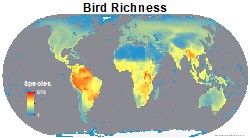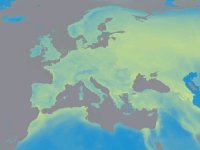I have a lot of fun browsing ebird's data and I noticed that the UK has the highest species count in Europe with 616 species, which is higher than #2 Spain (603 species).
I thought this was maybe due to more birders in the UK, which may be true, but to my surprise there are actually over 100k more checklists submitted in Spain.
I love birding in the UK, and the birding culture, but I've always considered Spain the place to go if you wanted to see the greatest diversity of species in Europe.
Is anyone else surprised by this? Is there a better way to interpret these numbers?
Does Britain have more rarities, which inflates the total number of birds seen?
I thought this was maybe due to more birders in the UK, which may be true, but to my surprise there are actually over 100k more checklists submitted in Spain.
I love birding in the UK, and the birding culture, but I've always considered Spain the place to go if you wanted to see the greatest diversity of species in Europe.
Is anyone else surprised by this? Is there a better way to interpret these numbers?
Does Britain have more rarities, which inflates the total number of birds seen?










